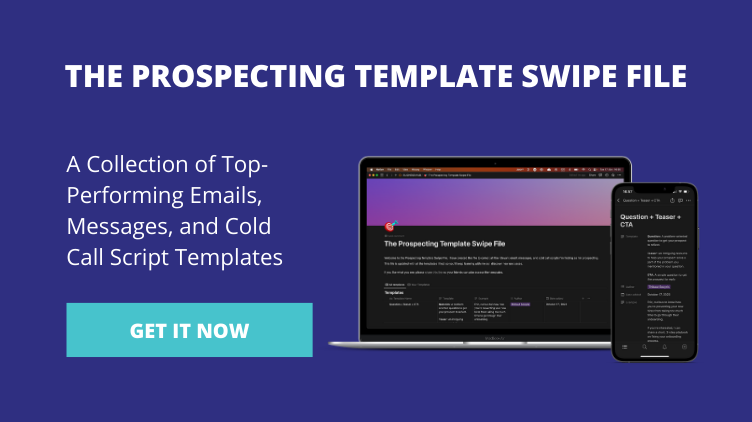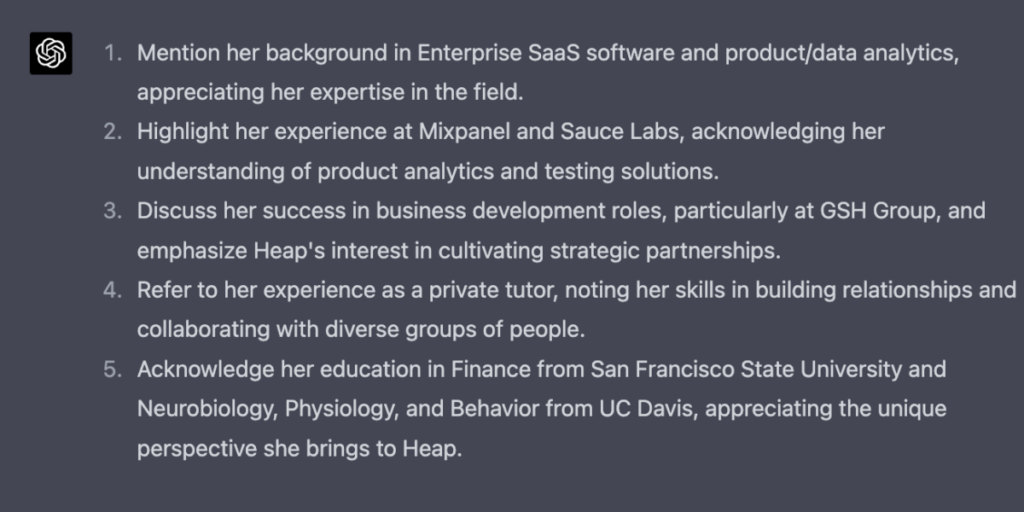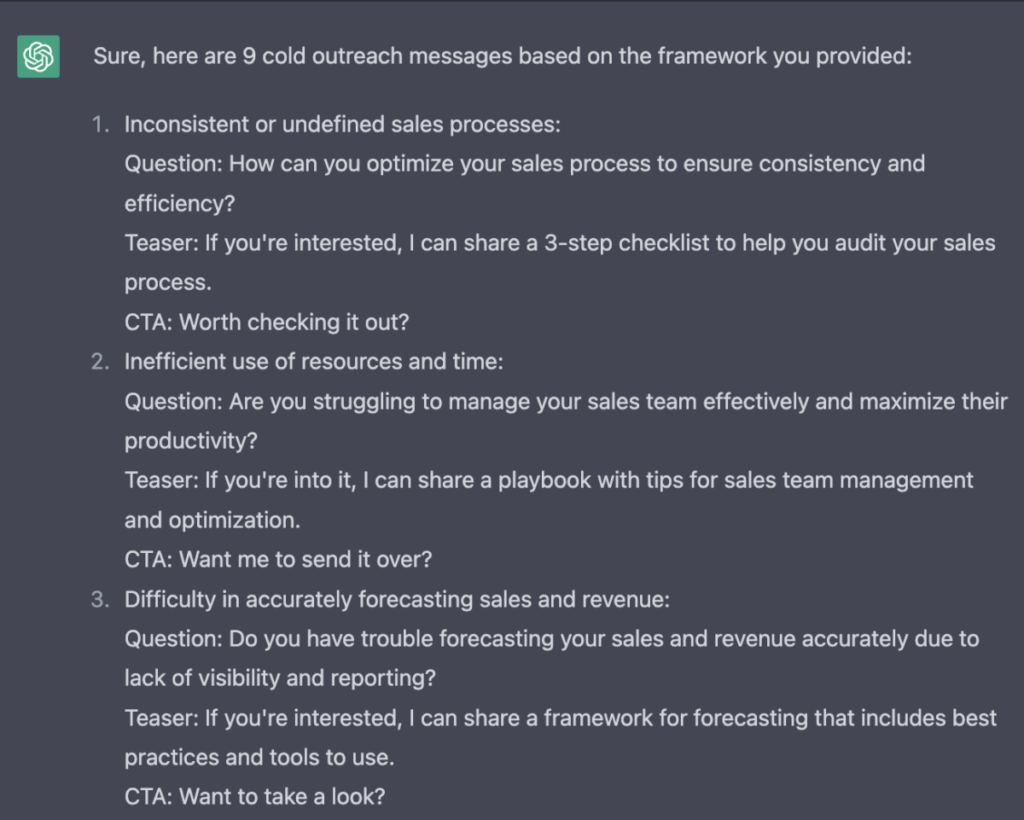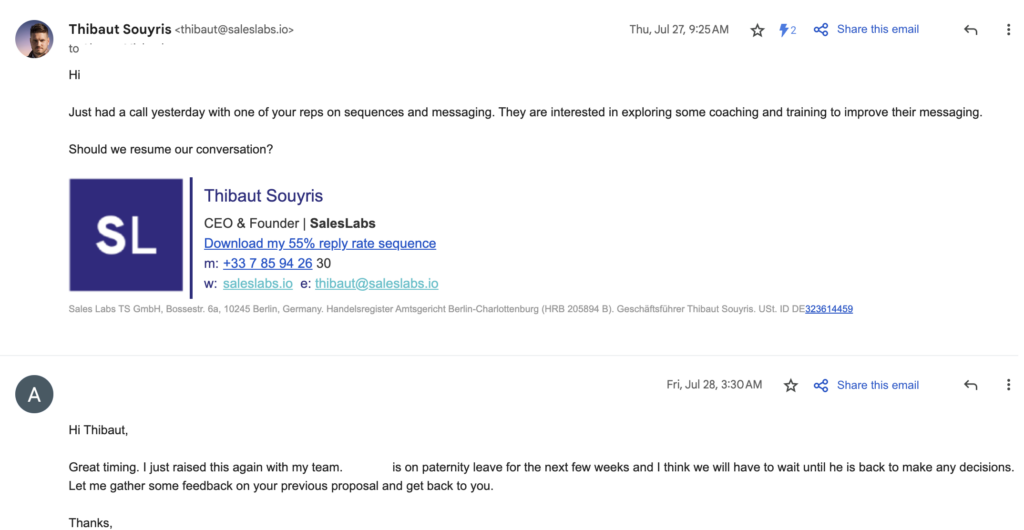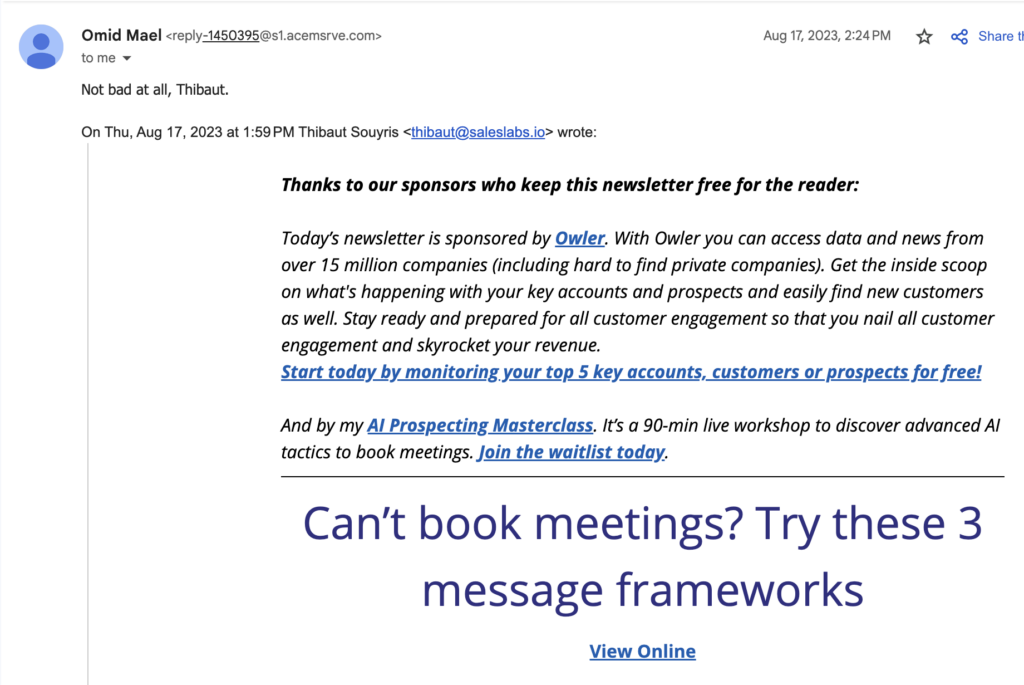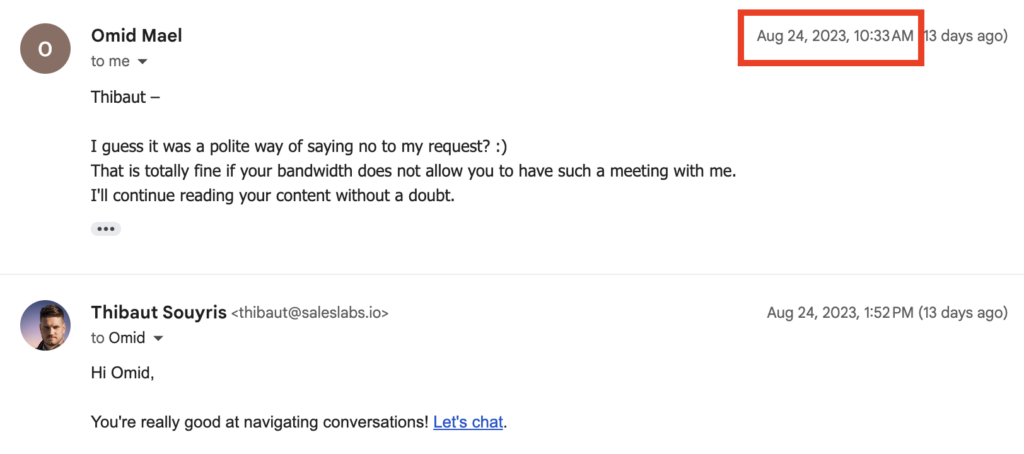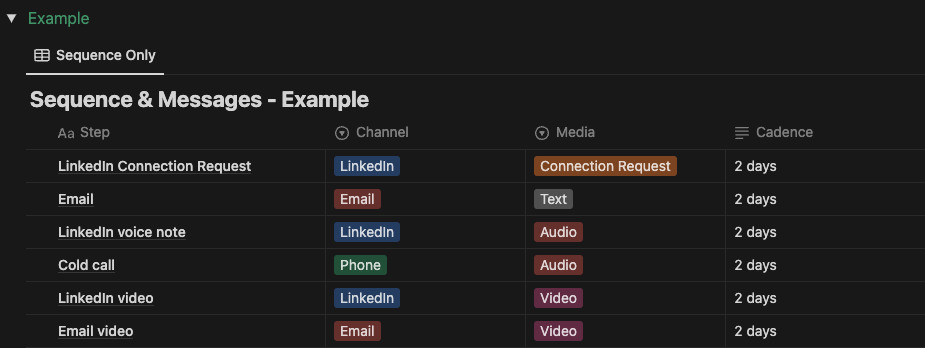Thanks to our sponsor who keeps this newsletter free for the reader:
Today’s newsletter is sponsored by Reply.io’s annual Sales Development Excellence Virtual Conference. You’ll join renowned SDR leaders who will share what works for them.
If you’re looking for concrete ways to prospect, engage with prospects, and run discovery calls, then join the Sales Development Excellent Conference.
How I use ChatGPT to turn any message into a template
In today’s newsletter, I will share the exact system I use to find emails and messages that get replies. I will also explain how to store them and turn them into templates that you can use for selling your products. By following these steps, you will continue to stand out in your prospect’s inbox and start more conversations.
Here’s how, step-by-step:
Step 1: Create a swipe file
If you spend time on LinkedIn, you will come across many people sharing sales tips, including myself. However, not all the tips and tactics you find on LinkedIn are helpful. Nevertheless, some of them are highly practical and use detailed example.
That is why I suggest creating a swipe file to collect all the valuable message templates you come across. You can download my Prospecting Template Swipe File to access my favorite templates and add your own.
Step 2: Use ChatGPT to turn these messages into templates
Many reps struggle to adapt a good message to their specific situation. They may see an example, but they have difficulty applying the concepts to their own use case. Here’s how you can solve that:
- Pick an example of a good message (this one is from Jed Mahrle)
“Mark, thanks for connecting. Wanted to put a voice to the face & name. I’m talking to a lot of VPs of Sales and most are trying to learn more about how they can avoid losing momentum with late stage opportunities. If it’s relevant to you as well, I have a few resources to share. Interested?”
- Go to ChatGPT and use the following prompt:
Act like an experienced outbound prospecting message template creator. I want to turn an outbound message that worked very well into a template that I can reuse to send myself. Here’s the content:
“Mark, thanks for connecting. Wanted to put a voice to the face & name. I’m talking to a lot of VPs of Sales and most are trying to learn more about how they can avoid losing momentum with late stage opportunities. If it’s relevant to you as well, I have a few resources to share. Interested?”
This is what ChatGPT got me back:
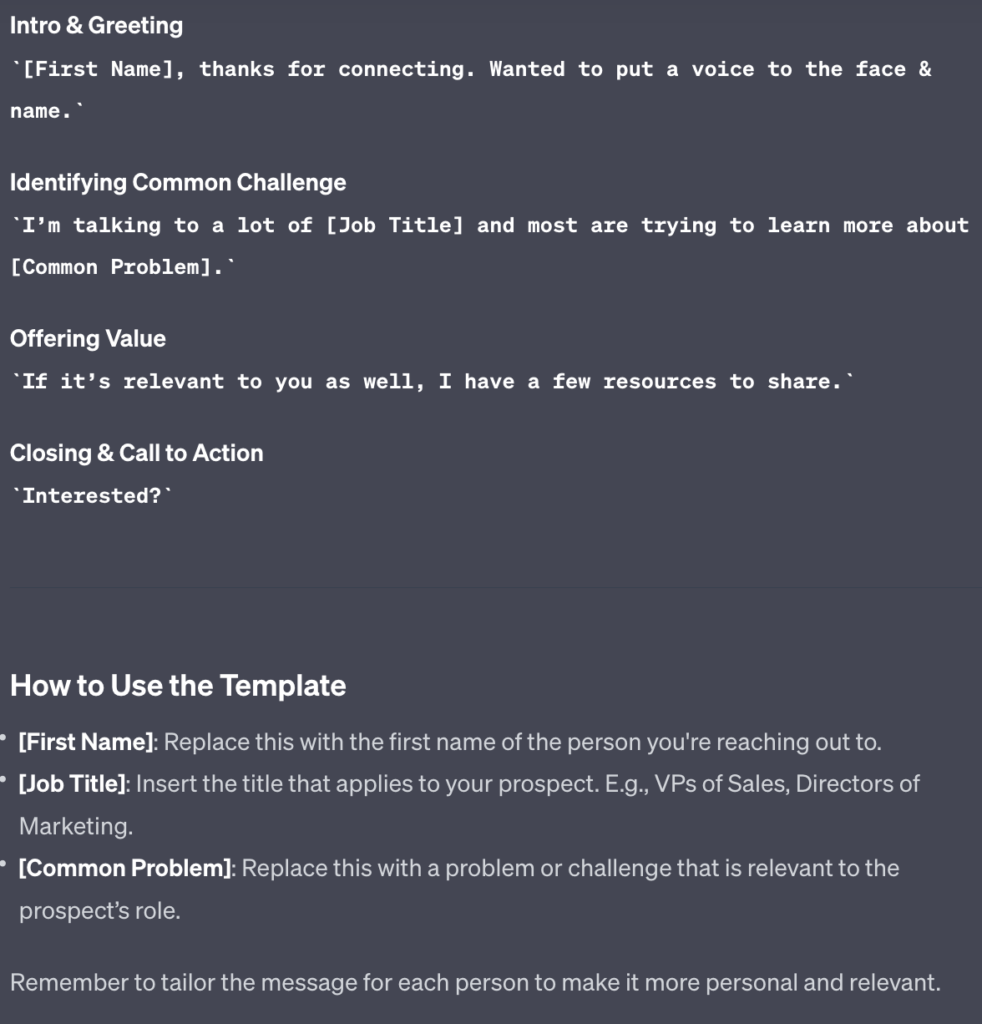
You can do that with any type of email, LinkedIn message, or even a cold call script.
Step 3: Replace with your own problems
You now have a template and simple instructions to follow. You can replace the content with your own use cases. For instance, if you are selling a cybersecurity service to a CISO, your message could look like this:
Intro & Greeting: Maria, thanks for connecting. Wanted to put a voice to the face and name.
Identifying Common Challenges: I’m talking to a lot of CISOs, and most are trying to learn about how they can avoid employees putting their organizations at risk by opening phishing emails.
Offering Value: If it’s relevant to you as well, I have a few resources to share.
Closing & Call to Action: Interested?
And that’s it. By following these steps, you should be able to adapt good messages you find on LinkedIn, and make them your own. If you need some inspiration, you can check my Prospecting Template Swipe File.
Cheers,
Thibaut Souyris
P.S. When you’re ready, here are 5 ways I can help you:
→ Write cold messages that get a 38% reply rate and 27% meeting rate here (75+ students)
Subscribe to the Newsletter
Get my free, 4 min weekly newsletter. Used by 5.400+ salespeople to book more meetings and work when, where, and how they want.
Subscribe to the Newsletter
Get my free, 4 min weekly newsletter. Used by 5.400+ salespeople to book more meetings and work when, where, and how they want.
